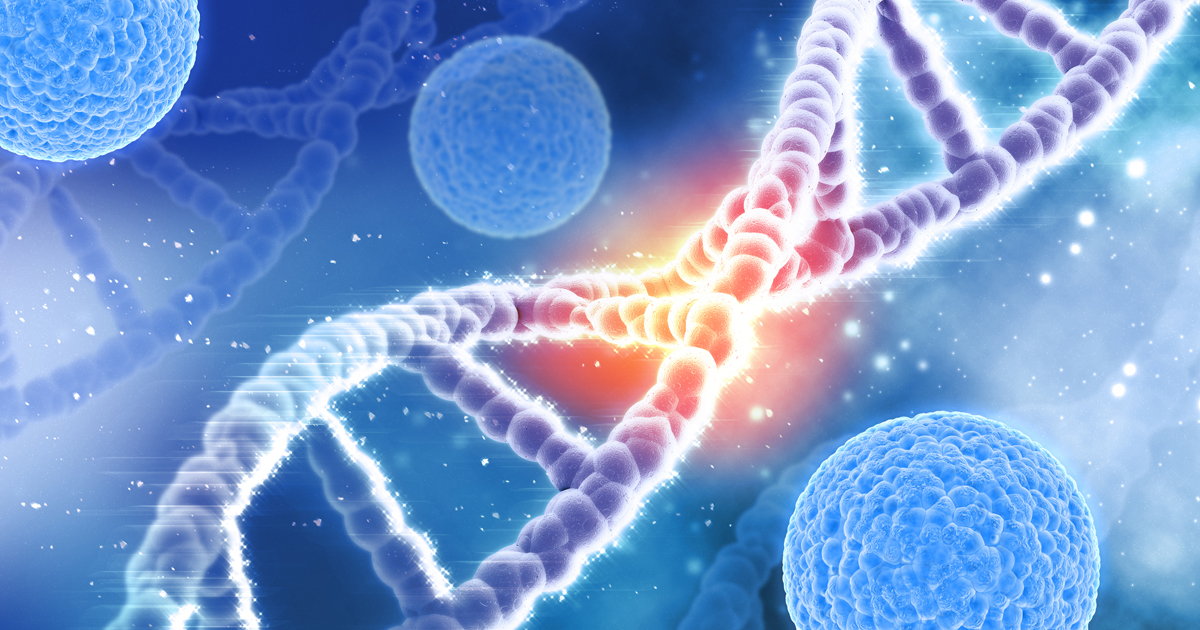Understanding The Causes And Risk Factors Linked To Mouth Cancer
Mouth cancer is a malignancy of the neck and head that can occur on the lips or surface of the tongue, as well as in the gums, tonsils, inside of the cheek, the floor of the mouth, the roof of the mouth, and in the salivary glands. Those who develop cancer in the mouth are typically older than forty. Men are more than twice as likely to develop mouth cancer than women are. Early stages of oral malignancy do not have any obvious symptoms. Later progression of oral cancer manifests in non-healing mouth ulcers or sores, swallowing pain, loose teeth, hoarse voice, tongue pain, poorly fitting dentures, persistent swelling, red or white patches on the mouth or tongue, a lump in the mouth, jaw pain, and neck pain. Oral cancer is treated with the use of surgery, chemotherapy, or radiation therapy.
Certain factors can increase an individual's risk of developing mouth cancer. Learn about them now.
Cell Mutations
An individual who has certain DNA mutations in the cells that make up their oral cavity are at an increased risk of developing oral cancer. The cellular DNA is the set of instructions that tells the cell how to perform its functions. Only mutations of certain regions of the cellular DNA are known to cause the development of malignancy. These sections of cellular DNA include those that influence the processes of cell differentiation, adhesion, senescence, division, and apoptosis. It has been proven that anywhere between three and six mutations are required for a cell to alter into its malignant counterpart. The cell becomes functionally independent from neighboring oral epithelium as it accumulations such alterations. The cell acquires the ability to proliferate, grow, or invade locally, and stimulates neovascularization. Essentially, a cell has to gain function as well as lose function to become malignant. Changes that happen in tumor suppressor genes and proto-oncogenes cause the functional gain, while changes that happen in growth-inhibitory pathway genes and other tumor suppressor genes cause the functional loss. Oral cancer has been strongly associated with deletions that occur in chromosomes 9, 18,13, and Y.
Reveal more mouth cancer risk factors now.
Excessive Sun Exposure

Excessive sun exposure to an individual's face and neck regions can cause them to be at an increased risk of developing mouth cancer. The ultraviolet radiation from the sun comes in two forms that can cause the development of malignancy on an individual's lips. UVA rays are able to penetrate deep into the dermis of an individual's lips. This penetration results in suppression of immune activity, on top of the stimulation of cellular genetic damage and photo-aging process. UVB rays are able to penetrate into the epidermis and severely damage all parts of the epidermal cells, including the individual's DNA. The body first attempts to repair the cellular damage that occurs as the result of UVA and or UVB radiation exposure, but may be unable to do so in some instances.
During the process to repair this damage, occasional mistakes occur. When the body is unable to repair the damage, obstruction of the RNA and DNA synthesizing mechanisms can introduce incorrect portions into the cellular DNA. These mistakes can cause a mistranscription or mutation in the cellular DNA. It is this inappropriate enunciation or complete loss of the affected genes compounded over time that results in the development of malignancy. Cancer on the lips spreads easily into the mouth, while cancer on the neck and throat skin can proliferate into oral tissues.
Continue reading to learn more about risk factors of mouth cancer now.
